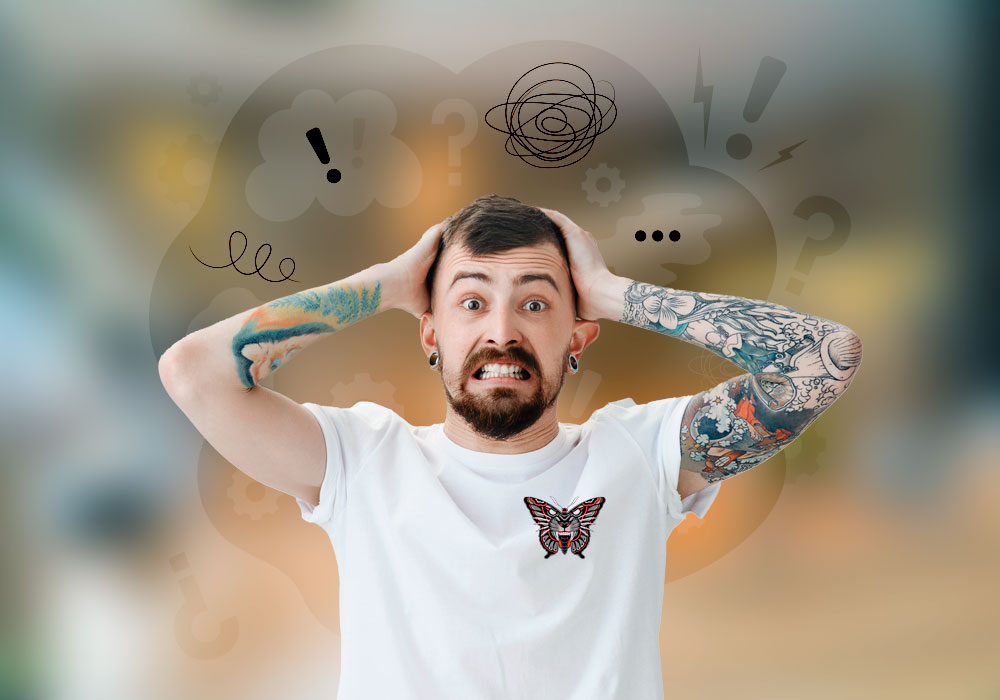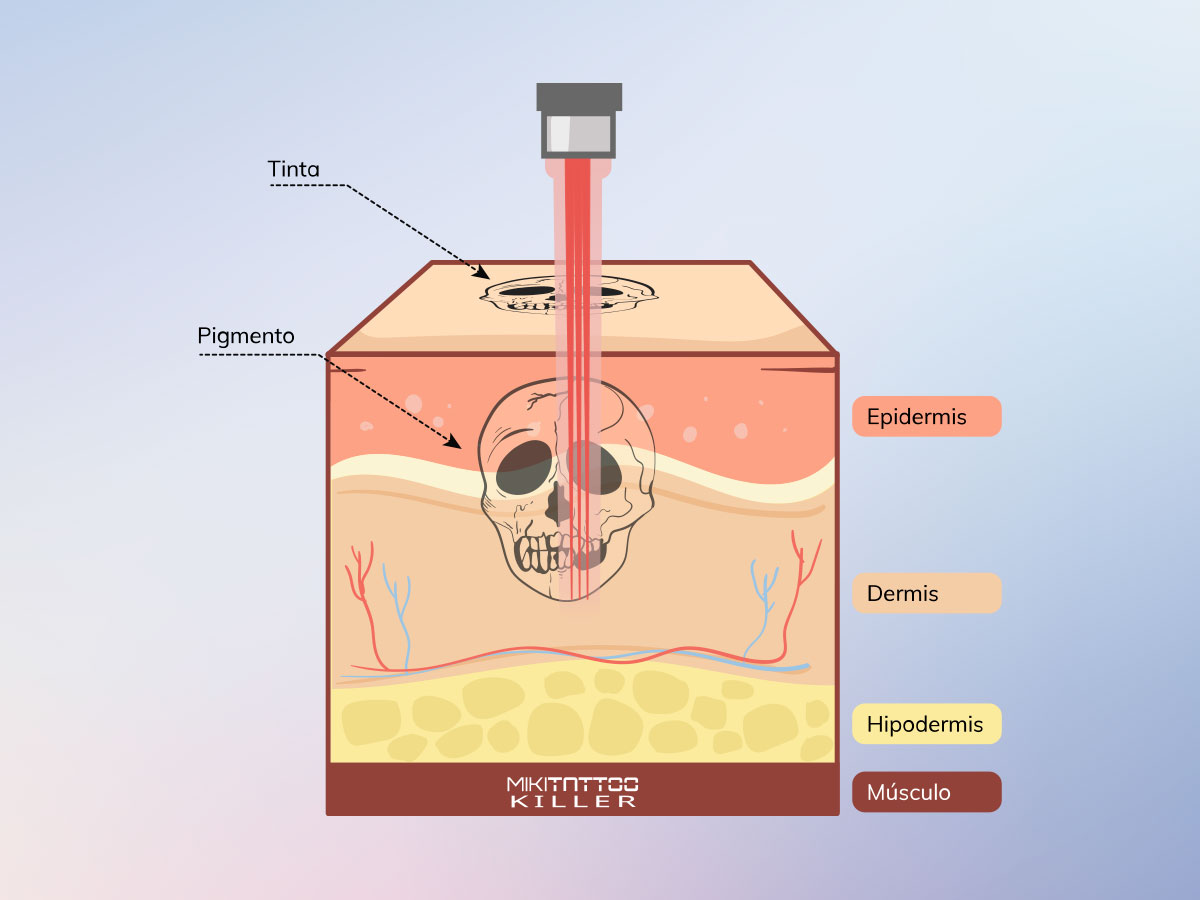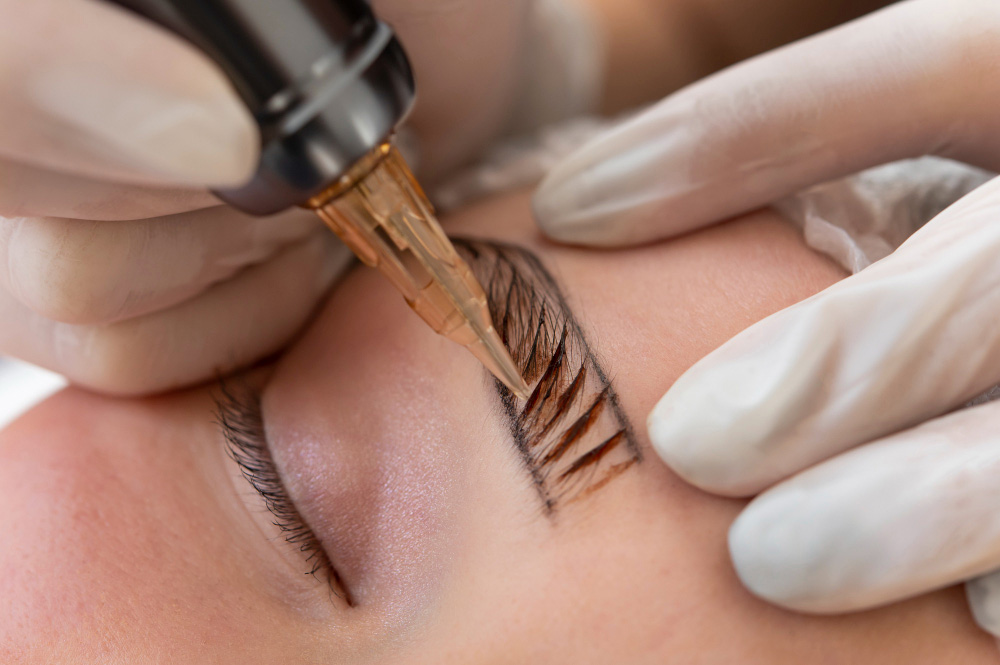
Does Hair Fall Out After Removing Microblading with Laser?
Effects of laser treatment on eyebrows and how it affects hair growth
Microblading is a popular semi-permanent makeup technique that enhances eyebrows, but sometimes the results are not as expected, leading people to seek removal of the treatment. Laser removal is an effective option, but a common question arises: does hair fall out after removing microblading with laser? Our answer is NO ❌, but with some exceptions. Continue reading to learn more:
Understanding microblading and its removal
Microblading involves inserting pigments into the skin. This creates the appearance of fuller, more defined eyebrows. However, the results can fade unevenly, change color, or fail to meet aesthetic expectations, prompting many to consider laser removal.
Laser removal of microblading works by emitting intense light pulses that fragment the pigments into smaller particles, which are gradually eliminated by the body’s immune system. This process may require several sessions depending on the pigment’s intensity and the skin’s response.
What happens to hair during laser removal?
One of the main concerns is the impact of the laser on hair follicles. Fortunately, the laser used for tattoo and microblading removal is designed to specifically target pigment particles, minimizing damage to the surrounding tissue, including hair. Therefore, hair rarely falls out after a laser session for microblading removal.
- Selección del láser adecuado: En Miki Tattoo Killer usamos la tecnología Ink Hunter Master y Ink Hunter Master Pro de Laser Light, actualmente es considerado el mejor equipo y el que cuenta con mayor reconocimiento en la eliminación de tatuajes y manchas cutáneas para tratar diferentes colores de tinta sin afectar significativamente la piel y el pelo.
- Choosing the right laser: At Miki Tattoo Killer, we use Ink Hunter Master and Ink Hunter Master Pro technology from Laser Light. This is currently considered the best equipment and the most recognized in the removal of tattoos and skin blemishes for treating different ink colors without significantly affecting the skin and hair.
- Mechanism of action: The laser penetrates the dermal layer where the microblading pigment resides without delving too deeply into the hair follicles found in the superficial epidermis. This reduces the risk of direct damage to the follicles.
- Skin and hair reaction: After treatment, you may notice slight inflammation or redness in the treated area, which is a natural response from the body. In rare cases, there might be temporary hair loss due to inflammation, but generally, hair regrows once the skin recovers.
Factors influencing hair loss
The likelihood of hair loss after a laser treatment depends on several factors:
- Skin sensitivity: People with more sensitive skin may experience a stronger inflammatory reaction, which could influence temporary hair loss.
- Frequency and number of sessions: More sessions increase the skin’s exposure to the laser, which may heighten the risk of temporary hair damage.
- Post-Treatment care: Following our recommendations is crucial to minimize side effects and promote proper recovery of the skin and hair.
Will hair regrow after removing eyebrow microblading?
In most cases, hair will indeed regrow, but there are a few factors to consider:
- Degree of inflammation: Temporary inflammation that might cause hair loss generally does not permanently damage the hair follicles. Once inflammation subsides, follicles usually return to their normal growth cycle.
- Type of laser and professional experience: Using the appropriate type of laser and a skilled professional minimizes the risk of follicle damage, increasing the likelihood that hair will regrow normally.
- Proper post-treatment care: Following post-treatment instructions, such as avoiding sun exposure and keeping the skin hydrated, is crucial for recovery and hair growth.
- Preexisting conditions: If the person has any preexisting conditions that affect hair growth, this could influence the follicles’ ability to recover after treatment.
Although permanent damage to hair follicles is rare, it can occur. Consulting with our specialists before the treatment and following all post-treatment recommendations can maximize the chances of a full recovery of eyebrow hair.
If you are considering removing microblading and have questions about the procedure, side effects, or aftercare, don’t hesitate to contact us. Our team of specialists is here to advise you and offer the safest and most effective treatment tailored to your individual needs.


